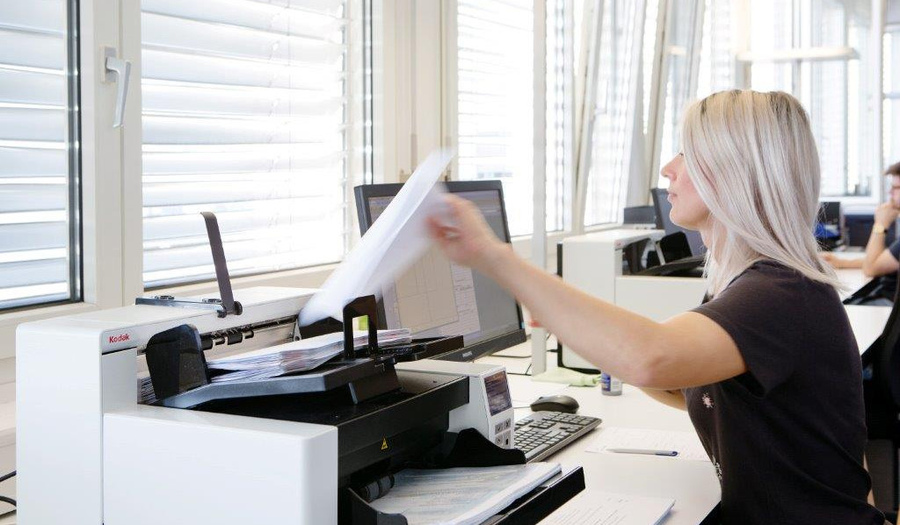Arcplace Scan & BPO Center
The Arcplace Scan & BPO (Business Process Outsourcing) Center in Glattbrugg, Switzerland processes documents of all types for companies all across Switzerland. It is on one hand used for recurring scanning activities such as the scanning of supplier invoices, orders or the complete mail traffic. The Scan & BPO Center is also used for the digitization of larger paper archives that are then typically transferred to DMS, ECM or ERP systems.
The Arcplace Scan & BPO Center is certified to the ISO 27001 security standard and uses state of the art technology for the digitization and capture of documents of all types and sizes. A professional team consisting of project managers, engineer and scanning operators helps customers to define and implement the scanning processes that best suits the requirements.




